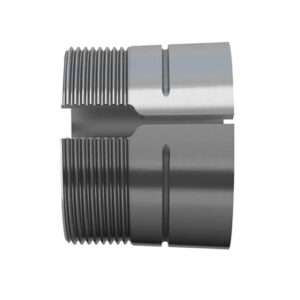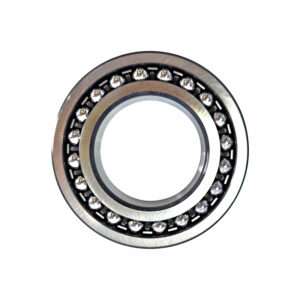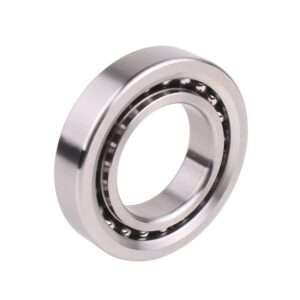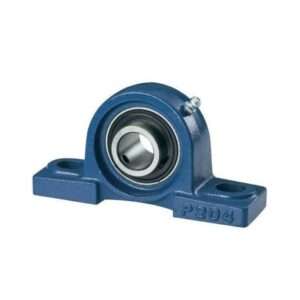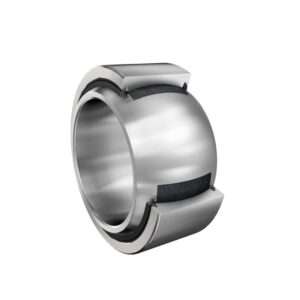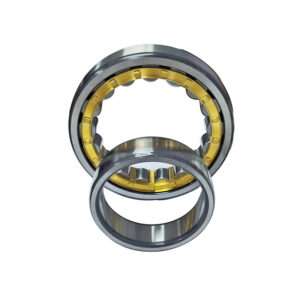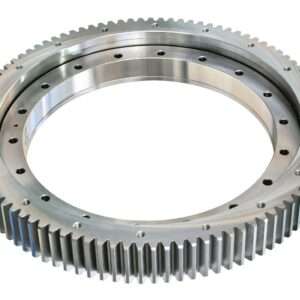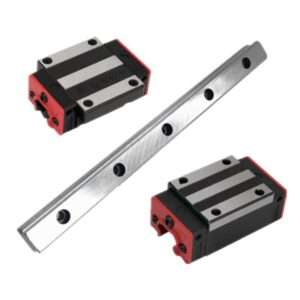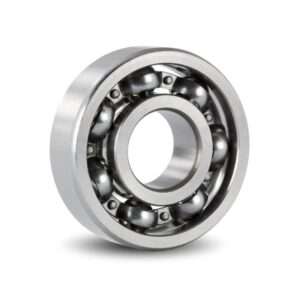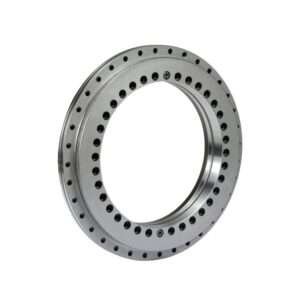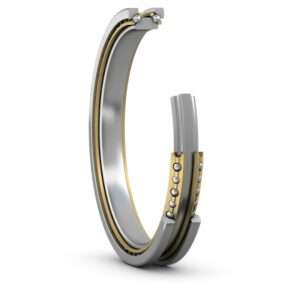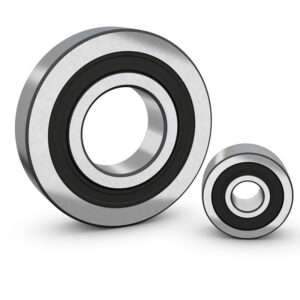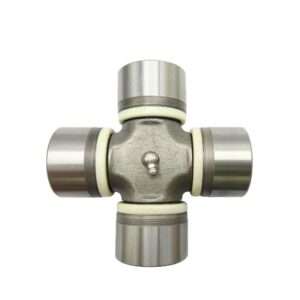Table of Contents
Categories
Chips
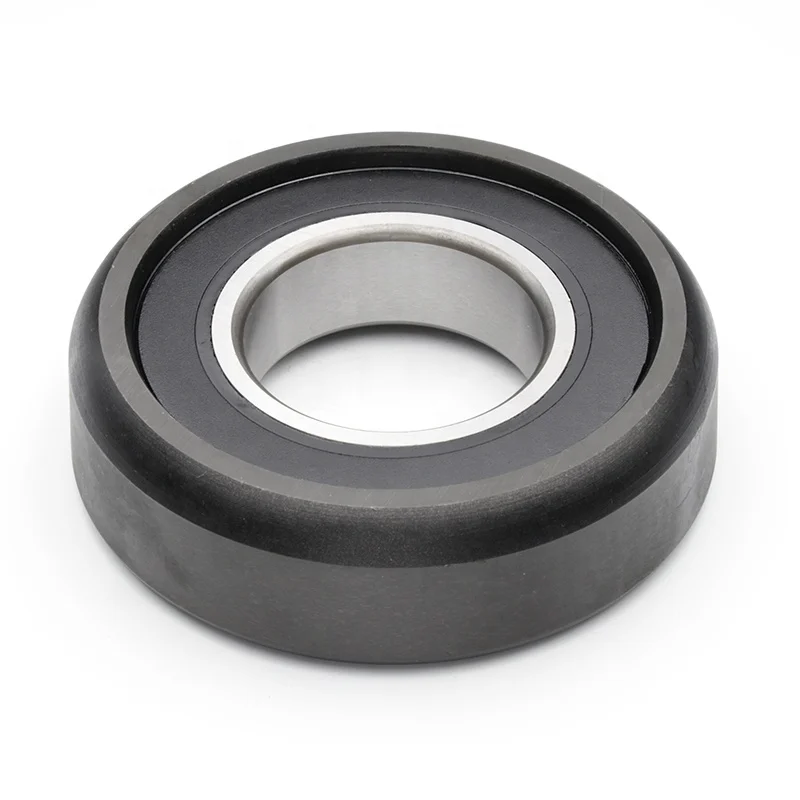
1. Introduction
The Critical Role of Forklift Mast Bearings in Operations
Forklift mast bearings are the unsung heroes of material handling. Tucked away behind steel and grease, they quietly shoulder the weight of multi-ton loads, cycle after cycle. Without these humble rollers, the entire vertical motion of a forklift mast grinds to a halt—literally and figuratively.
Why Procurement Professionals Should Care
Procurement isn’t just about checking boxes and cutting costs—it’s about safeguarding uptime and ensuring operational integrity. Overlooking the quality or upkeep of forklift mast bearings can quietly erode performance, chew through budgets, and tank productivity. What seems like a tiny component can balloon into a six-figure headache.
Overview of Hidden Costs
Poor maintenance of mast bearings doesn’t just hit the maintenance log; it creeps into energy bills, labor costs, and asset depreciation. You won’t always see a flashing red warning light when things go south—it shows up in death-by-a-thousand-paper-cuts expenses. These hidden costs can cripple even the most tightly run warehouse.
2. Understanding Forklift Mast Bearings
What Are Forklift Mast Bearings?
Forklift mast bearings are specialized components designed to guide and support the vertical movement of the mast assembly. Unlike standard rolling bearings, these are engineered to handle both axial and radial loads under extreme pressure. They often feature hardened steel surfaces to resist brinelling and flattening.
How Do They Function in a Forklift?
As the mast raises and lowers heavy loads, these bearings allow for smooth, aligned motion along the carriage channels. They absorb shock, reduce friction, and help maintain the structural integrity of the lifting system. When they’re worn out or misaligned, everything from load stability to operator safety takes a hit.
Common Types and Their Applications
You’ll run into side thrust rollers, chain roller bearings, and mast guide bearings in most forklifts. Each type serves a different purpose—guide bearings stabilize the mast, thrust rollers absorb side loads, and chain rollers keep things moving along the lifting chains. Picking the wrong type, or using a one-size-fits-all bearing, is asking for trouble.
3. The True Cost of Poor Bearing Maintenance
Immediate Repair Expenses
Neglecting bearings leads straight to the service bay, and those emergency repairs don’t come cheap. Whether it’s a full mast teardown or just a bearing swap, labor hours and part markups stack up fast. Factor in overtime pay and rush shipping, and you’re staring down a busted budget.
Unplanned Downtime Impact on Productivity
When a forklift goes down, so does a chunk of your supply chain. One broken unit can bottleneck loading docks, delay shipments, and disrupt production lines. You may not realize it until the numbers roll in—but downtime bleeds dollars.
Long-Term Equipment Damage Risks
A bad bearing doesn’t just sit there squeaking—it can wreak havoc. Left unchecked, it’ll chew through the mast rails, damage the hydraulic system, or bend the lifting chains. These secondary failures are the real wallet-busters.
4. How Neglected Bearings Increase Operational Costs
Higher Energy Consumption from Friction
When bearings aren’t rolling smooth, the machine has to work harder to move the mast—burning more fuel or electricity. This hidden drag slowly drives up operational energy costs without raising any obvious red flags. Over time, that inefficiency stacks up like unpaid bills.
Accelerated Wear on Other Components
More Frequent Replacement Cycles
Skipping proper maintenance shortens the service life of even the priciest bearings. You’ll be replacing them more often, which means more orders, more downtime, and more labor. It’s like putting bald tires on a race car—sure, you’ll move, but not for long.
5. Safety Risks of Failing Forklift Mast Bearings
Potential for Catastrophic Mast Failure
If a mast bearing locks up under load, the mast can seize or collapse without warning. That’s not just bad for business—it’s dangerous. We’re talking about multi-ton pallets crashing down in the blink of an eye.
Increased Workplace Accidents and Liability
Faulty bearings can lead to jerky mast movements or unstable lifts, increasing the chance of operator error or dropped loads. Injuries, OSHA fines, and legal headaches come quick and heavy when someone gets hurt. Even near-misses can be costly in the form of investigations and retraining.
OSHA Compliance and Insurance Implications
Routine inspections are a key part of OSHA’s forklift safety requirements. Failing to document bearing maintenance can lead to citations or even shutdowns. Insurance premiums can skyrocket if you’re labeled as high-risk due to avoidable mechanical failures.
6. Signs Your Forklift Mast Bearings Need Attention
Unusual Noises During Operation
Grinding, clicking, or squealing during mast movement is your first red flag. Bearings should run smooth and quiet—any unusual sound means metal’s meeting metal where it shouldn’t. Don’t ignore those cries for help.
Visible Wear, Rust, or Lubrication Leaks
If you see orange-brown rust rings or grease trails leaking from the mast, it’s time for a close inspection. These visual cues often indicate internal corrosion or seal failure. Left unchecked, they’ll evolve into full-blown mechanical failure.
Inconsistent Mast Movement or Jerking
Smooth operation is key in lifting. Jerky or uneven motion suggests misalignment or bearing flat spots. It’s a clear sign that something’s dragging or seizing inside the mast track.
7. Maintenance Best Practices for Longevity
Proper Lubrication Techniques and Schedules
Using the right grease at the right intervals can double the lifespan of a mast bearing. Over-lubrication can attract debris, while under-lubrication creates dry friction. Stick to OEM specs and don’t cut corners with off-brand lubricants.
Routine Inspection Checkpoints
A proper PM schedule should include visual checks, load tests, and thermal imaging on high-use forklifts. Set a cadence—weekly for high-load applications, monthly for light-duty ones. Consistency is what catches issues before they become emergencies.
How Training Operators Can Prevent Damage
Operators are the first line of defense—train them to spot the early signs of bearing distress. Encourage them to report odd noises or performance changes immediately. A little vigilance behind the wheel can save thousands in repair bills.
8. Choosing the Right Forklift Mast Bearings
Material Considerations (Steel, Composite, etc.)
Not all bearings are cut from the same cloth. Steel offers durability, but composites can provide lighter weight and corrosion resistance in high-moisture environments. Match material properties to your use case or risk premature failure.
Load Capacity and Speed Ratings
It’s not enough to just “fit” the bearing—it needs to handle the load and speed of operation. Overspec’d bearings may be overkill, but underspec’d ones are a time bomb. Always consult load charts and manufacturer guidelines.
OEM vs. Aftermarket – Pros and Cons
OEM bearings offer a guaranteed fit and known quality, but they come with a price tag. Aftermarket parts can save money upfront but often lack the precision or metallurgy needed for heavy-duty use. Choose wisely—cheap bearings often come with expensive lessons.
9. The Impact of Bearing Quality on Total Cost of Ownership
How Premium Bearings Reduce Lifetime Costs
A quality bearing costs more upfront, but it holds up better under stress and runs longer between replacements. Fewer breakdowns mean less downtime, fewer labor hours, and longer forklift service life. Over the machine’s lifespan, quality pays for itself.
Case Studies Comparing Cheap vs. Quality Bearings
In side-by-side comparisons, forklifts using premium bearings showed 30% fewer maintenance interventions and 20% longer service intervals. One distribution center even saw a $50K reduction in yearly downtime after switching brands. Real-world data beats theoretical savings every time.
Calculating ROI on Better Bearings
When you factor in reduced failures, longer service life, and lower energy usage, quality bearings often deliver a 3x to 5x return on investment. The upfront cost is just a drop in the bucket compared to the long-term gains.
10. Supplier Selection for Reliability
Key Supplier Qualifications to Look For
Choose suppliers with ISO certification, in-depth technical support, and a proven track record in forklift applications. Don’t be wooed by price alone—ask about load testing, warranty terms, and sourcing transparency. Reliability starts with the right handshake.
Importance of Warranty and Support Services
A strong warranty signals a supplier who stands by their product. Bonus points if they offer on-site support or remote diagnostics. If a supplier ghosts you after delivery, you’ve bought yourself a gamble, not a guarantee.
Red Flags in Low-Cost Bearing Suppliers
Unbranded boxes, lack of documentation, and vague material specs are all warning signs. If a deal looks too good to be true, it probably is. Don’t let budget pressure push you into a bad batch of bearings.
11. Procurement Strategies for Cost-Effective Maintenance
Bulk Purchasing Discounts vs. Just-in-Time Buying
Buying in bulk can save big, but only if you’ve got solid inventory controls and rotation practices. Just-in-time works well for lean ops but leaves no cushion for breakdowns. Blend both strategies to balance cash flow and risk.
Long-Term Supplier Contracts for Stable Pricing
Locking in rates with a reliable supplier protects you from market volatility. It also encourages deeper partnerships and better service. Consider contracts with built-in performance metrics to keep everyone honest.
Negotiating Maintenance-Included Deals
Some suppliers offer bundled packages that include routine inspections or even training for your techs. These value-adds stretch your dollar further. Always ask what’s on the table beyond just the part.
12. Predictive Maintenance Technologies for Bearings
IoT Sensors for Wear Monitoring
Smart bearings embedded with sensors can now alert you before a failure happens. They track vibration, temperature, and load to spot early degradation. It’s like having a mechanic inside your mast, 24/7.
Vibration Analysis and Early Fault Detection
Technicians can use handheld tools or mounted sensors to detect bearing wear through vibration signatures. Early detection means planned maintenance, not panicked shutdowns. It’s a proactive move that pays off fast.
How Data-Driven Decisions Cut Costs
Predictive analytics allow you to replace components based on actual condition, not just guesswork. That means fewer unnecessary replacements and no more running until failure. Smarter data equals smarter spending.
13. Training and Awareness for Operational Teams
Why Operators Must Recognize Early Bearing Issues
Operators are your boots on the ground—they need to spot the early symptoms before it’s too late. A trained ear can catch a bad bearing days before a machine fails. Empower them to speak up, not just clock in.
Best Practices for Handling and Storage
Even the best bearings can fail early if mishandled. Keep them in climate-controlled storage, away from moisture and contaminants. Teach teams proper unpacking and installation techniques—no shortcuts allowed.
Creating a Maintenance-First Culture
A maintenance-first mindset isn’t just a slogan—it’s a safeguard. Celebrate proactive checks, incentivize clean PM logs, and make bearing health part of daily routines. Culture beats policy every time.
14. Environmental Factors Affecting Bearing Lifespan
How Dust, Moisture, and Chemicals Degrade Bearings
Bearings don’t thrive in grit and grime. Dust acts like sandpaper, while moisture and chemicals cause corrosion. In harsh environments, seals and shields are just as important as the bearing itself.
Corrosion Prevention Methods
Use corrosion-resistant coatings, maintain proper lubrication, and install bearing covers or shields in aggressive environments. A little prep work goes a long way. Think of it like putting sunscreen on your forklift parts.
Storage Recommendations for Spare Parts
Store bearings in original packaging, in a dry, temperate area away from direct sunlight and vibration. Rotate stock to avoid using old, degraded parts. Treat your spares like gold—they’ll pay you back in uptime.
15. Legal and Compliance Considerations
Workplace Safety Regulations Related to Forklifts
OSHA mandates regular maintenance and documentation for all powered industrial trucks, including mast components. Noncompliance can trigger fines or facility shutdowns. Bearings may be small, but they’re subject to big rules.
Liability for Bearing-Related Failures
If a failure causes injury or damage, the finger points back to your maintenance records. Skipping a bearing inspection can be considered negligence. That’s a courtroom scenario no one wants to face.
Documentation Required for Audits
Keep logs of inspections, replacements, and bearing specifications. Good documentation keeps you in compliance and out of hot water. Auditors don’t care about intentions—they want proof.
16. Conclusion: Smart Procurement = Lower Hidden Costs
Key Takeaways for Procurement Professionals
Forklift mast bearings might seem like a small line item, but they carry massive implications. Quality, maintenance, and supplier reliability should be non-negotiables. Cut corners here, and you’ll pay for it elsewhere.
Next Steps to Assess Your Current Bearing Situation
Conduct a bearing audit across your forklift fleet. Review supplier contracts, maintenance logs, and failure records. Identify weak links before they snap.
How to Implement a Proactive Maintenance Plan
Work with your maintenance and procurement teams to set realistic PM intervals, source quality parts, and integrate predictive tech. Build partnerships with trustworthy suppliers. A little foresight can bulldoze a mountain of hidden costs.
Related Posts
sensor bearings
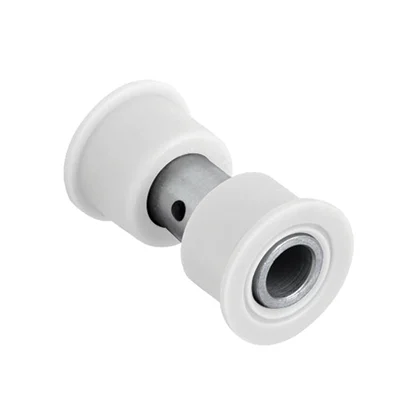
Delrin Bearings: Lubrication-Free Long Life
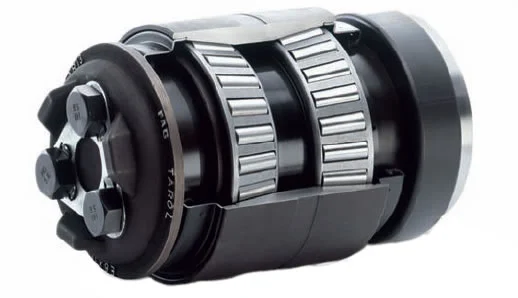
Locomotive Bearing Specs That Matter Most


